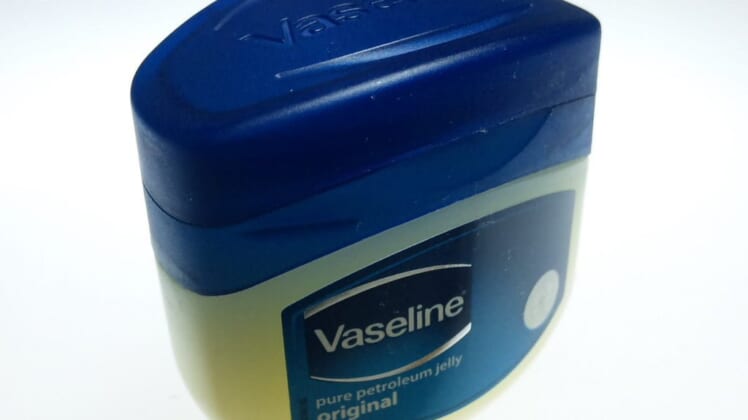
First-degree burns are common and many can be treated at home, a dermatologist says.
Unlike second- or third-degree burns, first-degree burns involve only the top layer of skin and often occur after contact with hot surfaces, like a curling iron or a stove. Sunburn can also be a first-degree burn.
A first-degree burn may cause red and painful skin and mild swelling.
“Although first-degree burns aren’t as serious as higher-degree burns, they can hurt quite a bit and can leave a scar if not properly treated,” Dr. Darrell Rigel, a clinical professor of dermatology at New York University, said in an American Academy of Dermatology news release.
Halloween Safety Tips for Your Ghosts and Goblins
Rigel offered tips on how to treat the burn.
Cool it by immediately immersing the burn site in cool tap water or by applying cold, wet compresses. Continue for about 10 minutes or until the pain eases.
Apply petroleum jelly two to three times a day. Do not apply ointments, toothpaste or butter to the burn, because they may cause an infection. Do not apply topical antibiotics.
Cover the burn with a nonstick, sterile bandage. If blisters form, do not pop them. Let them heal on their own while keeping the area covered.
Consider taking over-the-counter pain medication such as acetaminophen or ibuprofen to relieve the pain and reduce inflammation.
After the burn heals, protect it from the sun to minimize scarring.
“First-degree burns usually heal on their own without treatment from a doctor,” Rigel said. “However, if your first-degree burn is very large, if the victim is an infant or elderly person, or if you think your burn is more severe, go to an emergency room immediately.”
More information
The American College of Emergency Physicians has more on burns.
SOURCE: American Academy of Dermatology, news release, Oct. 10, 2017
Last Updated: Oct. 24, 2017
Copyright © 2017 HealthDay. All rights reserved.
